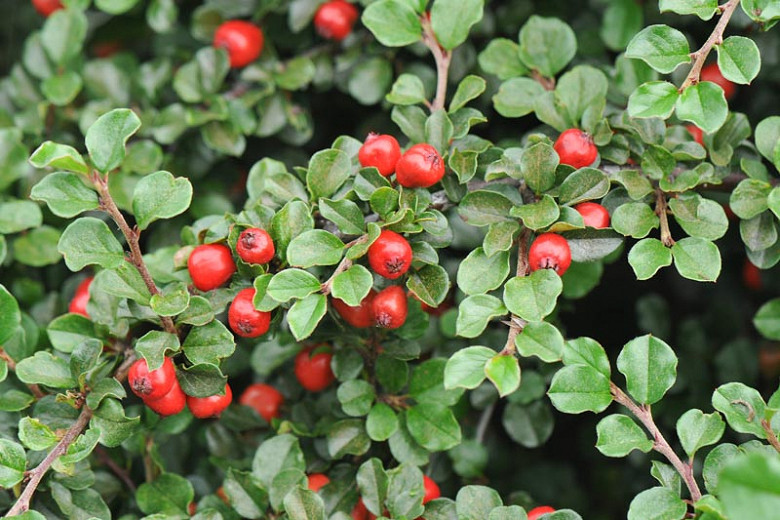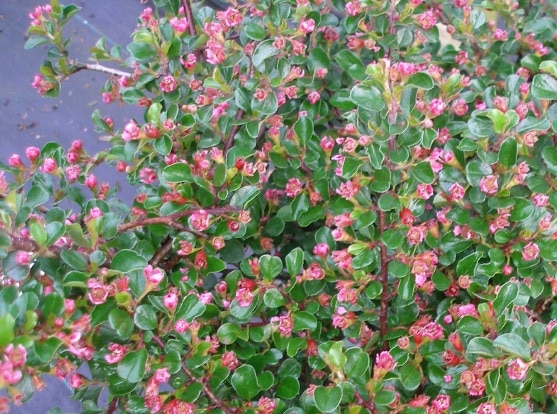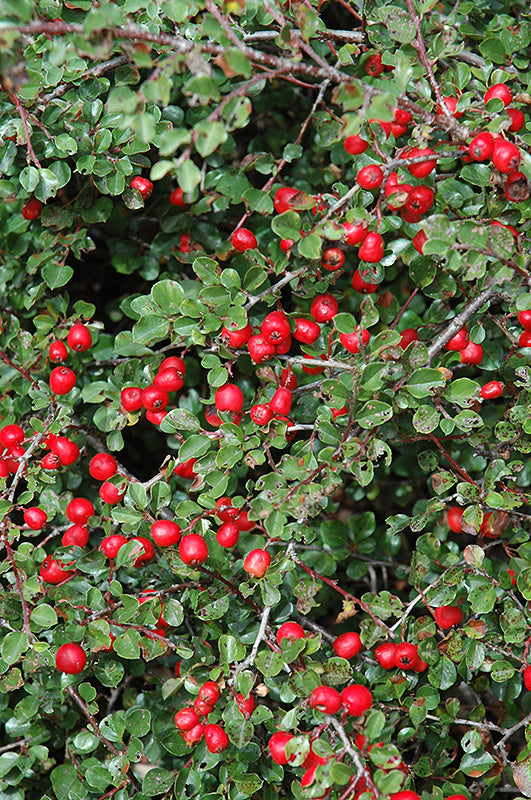Cranberry Cotoneaster: The Easycare Shrub That Will Brighten Your Winter Garden
Title: Cranberry Cotoneaster: The Easy-Care Shrub That Will Brighten Your Winter Garden
Introduction:
Winter can be a dreary time for gardens, but there are a few plants that can help to brighten up the landscape. One of these plants is cranberry cotoneaster. This easy-care shrub is known for its attractive red berries, which persist well into winter. Cranberry cotoneaster is also a great choice for wildlife gardens, as the berries are a popular food source for birds.
Main Content:
- Description: Cranberry cotoneaster (Cotoneaster apiculatus) is a deciduous shrub that is native to China. It grows to be about 3 feet tall and 6 feet wide. The leaves are small, oval, and glossy green. In the fall, they turn shades of red, orange, and purple. The flowers are small and pink, and they bloom in late spring. The berries are bright red and about the size of a cranberry. They ripen in late summer and persist into winter.
- Growing conditions: Cranberry cotoneaster is easy to grow in a variety of conditions. It prefers full sun, but it can also tolerate partial shade. It is drought-tolerant once established, but it does best with regular watering during the first year. Cranberry cotoneaster is also tolerant of a wide range of soil types, as long as the soil is well-drained.
- Pests and diseases: Cranberry cotoneaster is generally a pest- and disease-free plant. However, it can be susceptible to aphids, scale, and powdery mildew. If you notice any problems, you can treat them with insecticidal soap or neem oil.
- Uses: Cranberry cotoneaster is a versatile plant that can be used in a variety of ways. It can be planted as a groundcover, a low hedge, or a specimen shrub. It is also a good choice for rock gardens or containers.
- Benefits: Cranberry cotoneaster has a number of benefits. It is easy to grow, it is drought-tolerant, and it is pest- and disease-free. It is also a beautiful plant that can add color and interest to your garden in the winter.
Conclusion:
Cranberry cotoneaster is an easy-care shrub that is perfect for adding color and interest to your winter garden. It is drought-tolerant, pest- and disease-free, and it can be used in a variety of ways. If you are looking for a beautiful plant that will brighten up your winter garden, cranberry cotoneaster is a great choice.
Cranberry cotoneaster is a beautiful and versatile shrub that can be grown in a variety of settings. It is hardy in USDA zones 4-8 and is relatively low-maintenance. Cranberry cotoneaster produces clusters of bright red berries in the fall, which make it a popular choice for landscaping.
If you are interested in learning more about cranberry cotoneaster, I recommend visiting Home Gardening. This website provides detailed information about the plant, including its care requirements, planting instructions, and pest and disease control.
FAQ of cranberry cotoneaster
- What is cranberry cotoneaster?
Cranberry cotoneaster is a deciduous shrub that is native to China. It is known for its bright red berries, which are edible but tart. Cranberry cotoneaster is a hardy plant that can tolerate a wide range of conditions, making it a popular choice for landscaping.
- How do I care for cranberry cotoneaster?
Cranberry cotoneaster is a relatively easy plant to care for. It prefers full sun or partial shade and moist, well-drained soil. Cranberry cotoneaster does not require a lot of fertilizer, but it should be watered regularly during the summer months.
- When should I prune cranberry cotoneaster?
Cranberry cotoneaster can be pruned in the spring or fall. Spring pruning is best for shaping the plant, while fall pruning is best for removing dead or diseased branches.
- How do I propagate cranberry cotoneaster?
Cranberry cotoneaster can be propagated by stem cuttings or by seed. Stem cuttings are the most common method. To take a stem cutting, choose a healthy branch that is about 6 inches long. Remove the leaves from the bottom half of the cutting and plant it in a pot of well-draining soil. Keep the soil moist and the cutting in a warm, sunny location. The cutting should root in about 4-6 weeks.
- Is cranberry cotoneaster invasive?
Some varieties of cranberry cotoneaster are considered invasive in certain areas. It is important to check with your local nursery or garden center to see if cranberry cotoneaster is a good choice for your region.
Image of cranberry cotoneaster
- Image 1: A close-up of a cranberry cotoneaster flower, showing the pink petals and yellow stamens.
- Image 2: A cluster of cranberry cotoneaster berries, ripening from green to red.

- Image 3: A mature cranberry cotoneaster shrub, showing the dark green leaves and red berries.

- Image 4: A cranberry cotoneaster in full bloom, with the pink flowers covering the branches.

- Image 5: A cranberry cotoneaster in winter, with the red berries still clinging to the branches.

- Image 6: A cranberry cotoneaster hedge, providing a colorful backdrop in the fall.

- Image 7: A cranberry cotoneaster bonsai, carefully pruned to create a miniature tree.

- Image 8: A cranberry cotoneaster in a pot, making a colorful addition to a patio or deck.

- Image 9: A cranberry cotoneaster in a meadow, providing nectar for butterflies and other pollinators.

- Image 10: A cranberry cotoneaster in a forest, adding a splash of color to the understory.

Post a Comment for "Cranberry Cotoneaster: The Easycare Shrub That Will Brighten Your Winter Garden"